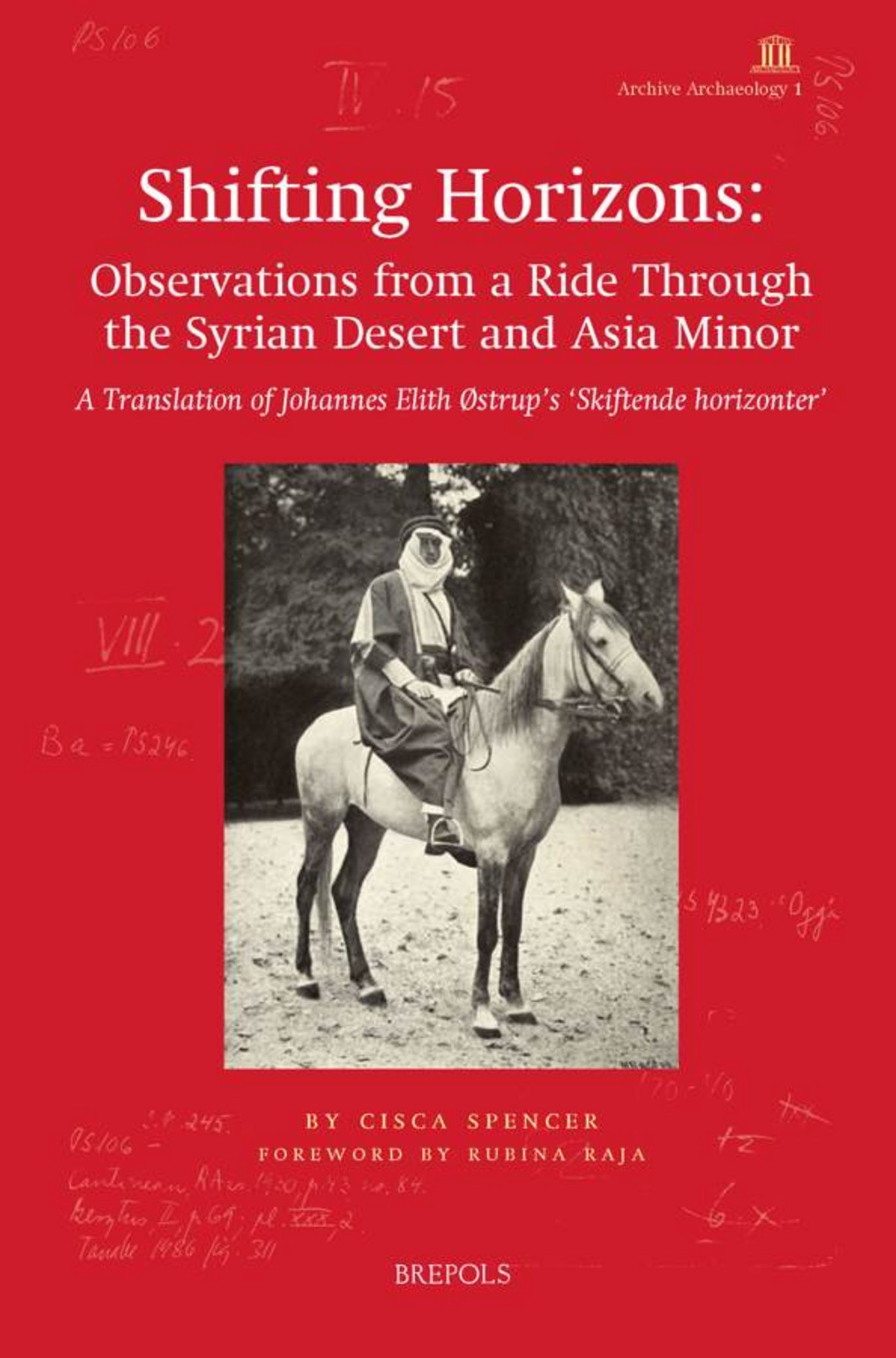Travel tales from distant skies
Have you ever held on to a letter from a loved one and reread it several years later to relive times gone by? Have you ever stumbled across old photo albums in your parents’ loft and revelled in memories from your childhood? Or did you perhaps keep a journal while travelling around the world, to remember the highs and lows of your meeting with foreign lands and friendly souls? If so, you know the value of recorded information that can be used to recreate a memory from the past – and that is the primary goal of archival research.

Have you ever held on to a letter from a loved one and reread it several years later to relive times gone by? Have you ever stumbled across old photo albums in your parents’ loft and revelled in memories from your childhood? Or did you perhaps keep a journal while travelling around the world, to remember the highs and lows of your meeting with foreign lands and friendly souls? If so, you know the value of recorded information that can be used to recreate a memory from the past – and that is the primary goal of archival research.
In 1891, a young man set out on a journey. His name was Johannes Elith Østrup, and he was 24 years old when he decided to travel around the Middle East on horseback. Throughout his travels to Syria, Lebanon and Anatolia, he kept a travelogue of his observations and experiences. Being equipped with a gift for languages (as a philologist of Turkish and Semitic languages), he was quick to form bonds with the locals – at one time even travelling with the Bedouin. As a result, his travelogue is a unique tale of the desert and its peoples, at a time when only few were concerned with life under distant skies.
Østrup published his travelogue, Skiftende Horizonter, in 1894, and recently this work was translated for the first time ever into English – by none other than his great-granddaughter, Cisca Spencer (a former Australian diplomat). The translation appears as the first volume of the book series Archive Archaeology, which is founded by Professor Rubina Raja and published by Brepols Publishers.
Archive Archaeology sets out to make available valuable – but unpublished – information from archival materials. These have often been stored and forgotten in museums and collections around the world, but have the potential of adding, refining or even rewriting the accounts of historical sites and objects and shedding new light on cultural heritage, both near and far. Additionally, the series aims to raise the bar for working systematically with archival and legacy data and to critically assess both methodological and theoretical approaches in the discipline.
Shifting Horizons: Observations from a Ride Through the Syrian Desert and Asia Minor. A Translation of Johannes Elith Østrup’s ‘Skiftende Horizonter’, trans. C. Spencer, Archive Archaeology, 1, 2022.
Raja, R. 2022. ‘Making the Danish Engagement in Near Eastern Research Available to a Broader Public’: On the Value of an English Translation of Johannes Elith Østrup’s Skiftende Horizonter from 1894’, in: Shifting Horizons: Observations from a Ride Through the Syrian Desert and Asia Minor. A Translation of Johannes Elith Østrup’s ‘Skiftende horizonter’, trans. C. Spencer. Archive Archaeology, 1, 2022, xi–xii.
